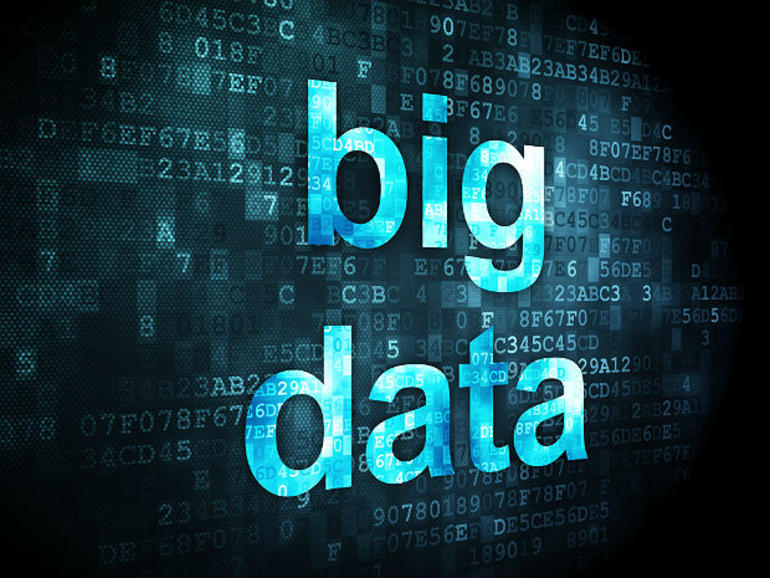The two scariest words in the marketing lexicon are not ‘you’re fired’. They are in fact, ‘big data’. Why? Because nobody really has a clue what it means or what it entails. It sounds like one of those things is going to be good. And, like any mot du jour, it has spawned its own clichés – ‘data is the oil of the digital economy’ – and ‘bits and bytes are the new Brent Crude’. My favourite is ‘data gravity’ – a very stretched analogy to describe the phenomenon whereby the more data you have, the more suppliers and services are attracted to that data to make the product on which the data is created even more useful.
Finding ways to turn the flood of data into useful information for marketers is a growing challenge. It’s a two sided challenge for me, because we are awash with data that can be useful for to refine our offering in the market, and we can also take our data, wrap and pack it, and turn it into a product that others can buy. I have set myself the challenge of really understanding what big data is all about, aside from the hype, and it has been very interesting.
The first challenge is to capture and crunch the data, which means having to get new storage capabilities, computing capabilities and new analytic technologies and techniques. Of course, our business has data ‘silos’, lots of legacy systems and different formats. I have found that you end up making compromises and replace what data you really want and care about with what you can easily get your hands on. The biggest surprise for me was that much of the technology used under the heading of ‘big data’ is actually open source, including the database management systems designed to handle huge amounts of data, called ‘Cassandra’ and ‘Hadoop’, as well as the business intelligence software designed to report, analyse and present data.
The second challenge is deciding what to do with the data. Data software automates things that previously were done by people. The inclination is to use data, mathematical models and algorithms in place of a marketer’s own judgment. If models are opinions expressed in mathematics, I found that there is a separation between these models, the algorithms and the real world of people. The messy complexities of the real world of marketing don’t always stack up. Don’t believe the phrase, ‘the data doesn’t lie’. For that, I refer readers to the cliché that predates the big data clichés – ‘garbage in, garbage out’.
The third issue is that big data is prompting our company to rethink our basic assumptions about the relationship between marketing and IT — and their respective roles. Just like the numerous discussions that I used to have over who was responsible for running the website a decade ago, now we are having the same discussion about which corner data sits in.
The final challenge is that many of the current big data marketing tools are really more primitive than you think. Think of your own interests and internet habits, and compare these with the real world of inappropriate appropriate ads and offers that get delivered to you while you surf.
In reality, marketing expertise is both required at the input stage – choosing what to put into the big data ‘sausage machine’ and choosing what to do with the output. The good news for those of us – including me – blinded by the buzzwords, that it is not enough to be able to set up a big data programme, you also have to know when specific decisions and actions are required. And, that, readers, is where marketers come back into the frame.




